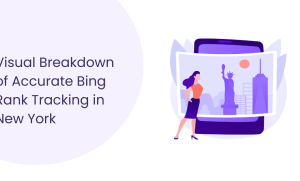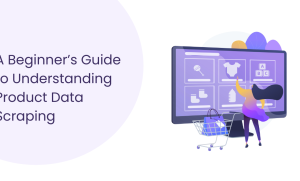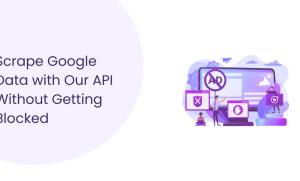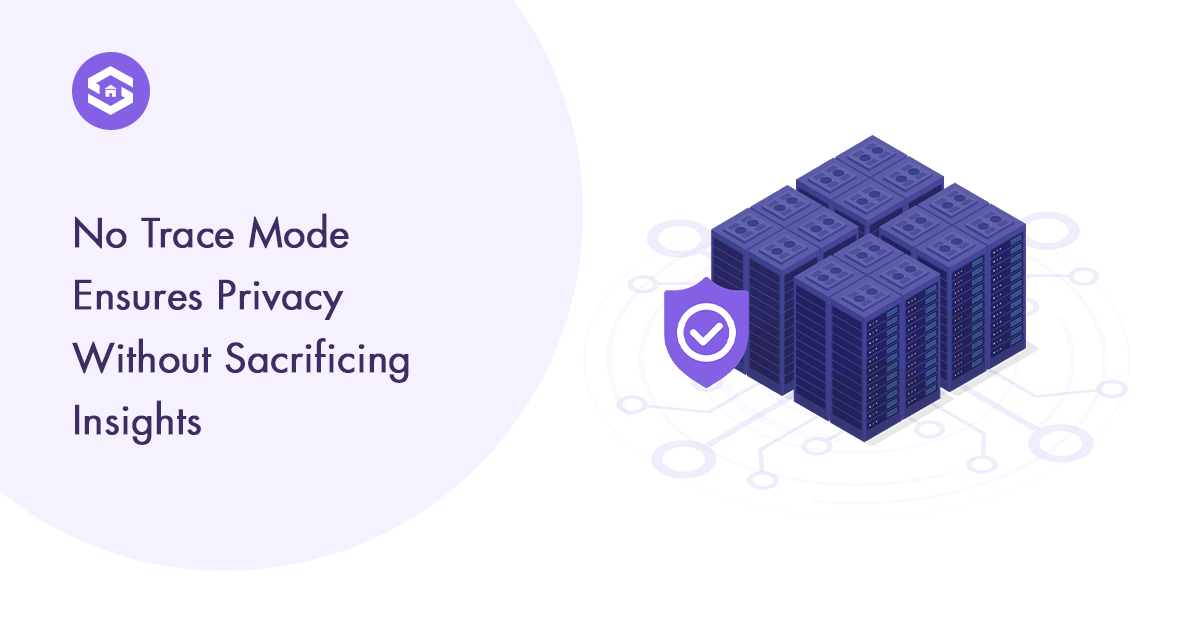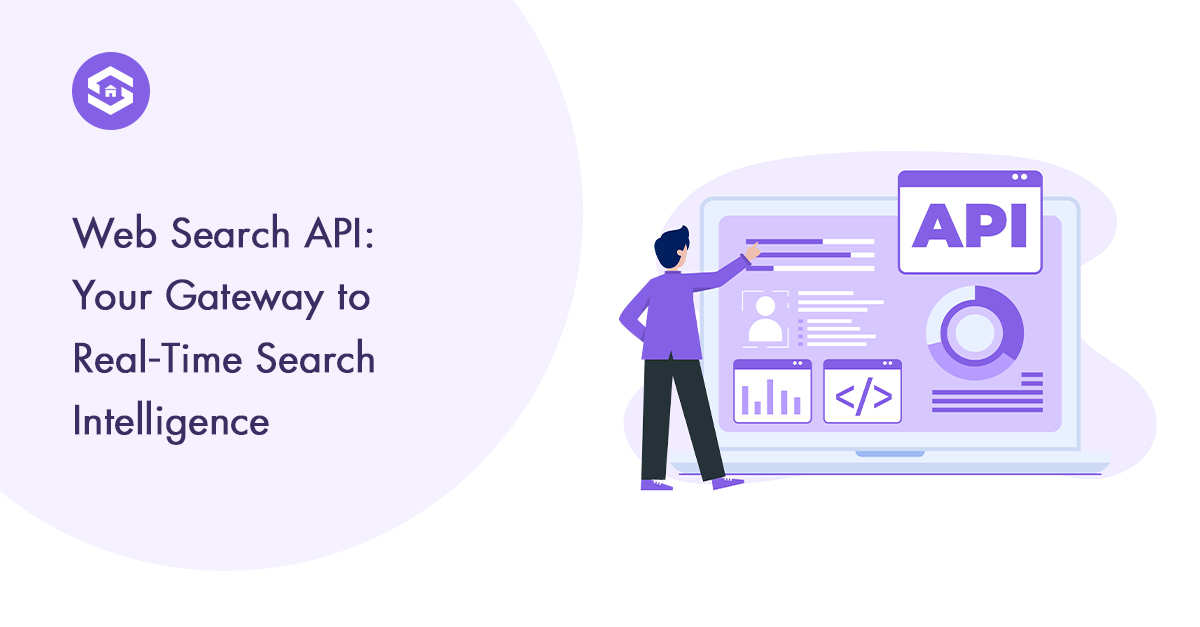Table of Contents
Table of Contents
The quest for SEO gold boils down to one precious element: links.
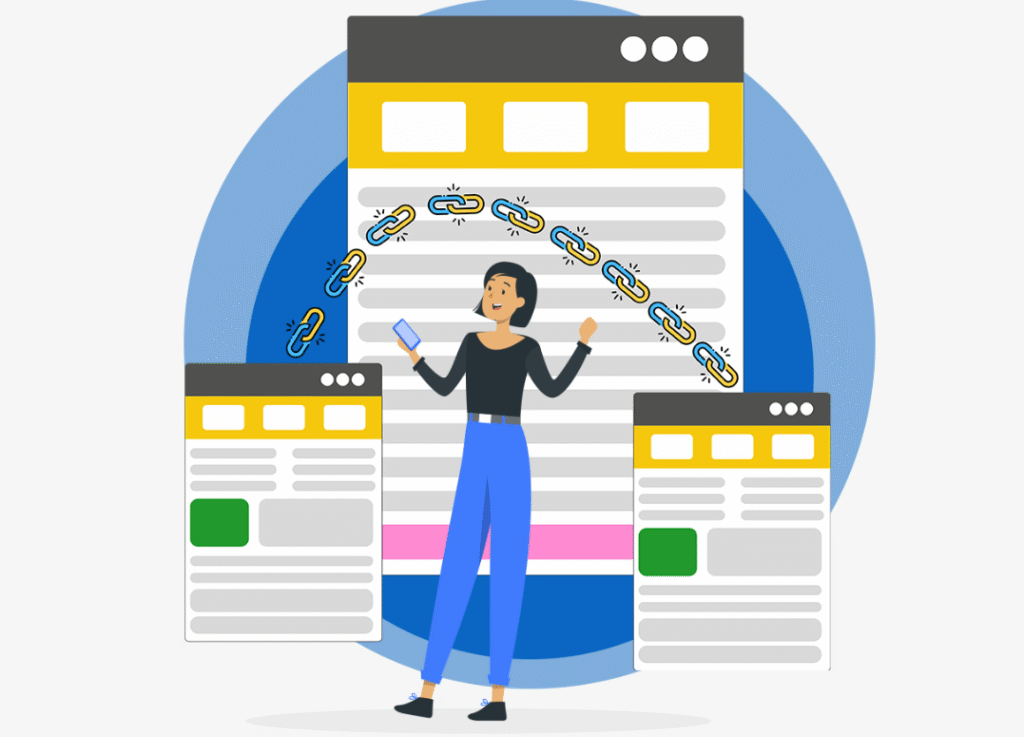
Building a robust network of relevant and authoritative backlinks is the cornerstone of any successful website optimization strategy.
But in the frenzy of link building, it’s easy to fall prey to a common pitfall: unbalanced linking.
Like any healthy diet requires a mix of nutrients, your website’s linking profile needs a balanced ratio of internal and external links.
Knowing when to connect within your website and when to venture outside is crucial for maximizing SEO benefits and avoiding penalties.
So, strap yourselves in, web admins, as we navigate the intricate world of internal and external links!
Internal Links: Strengthening Your Foundation
Think of internal links as the intricate pathways guiding visitors through your website’s labyrinthine halls.
They connect your pages, creating a cohesive flow of information and boosting user experience.
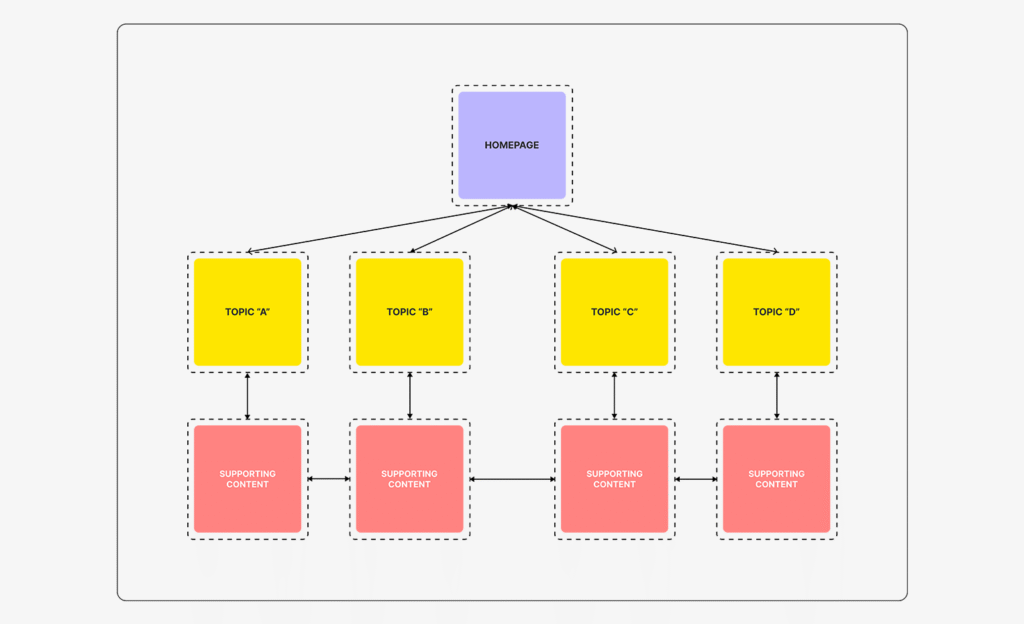
But their impact on SEO goes far beyond convenience. Here’s why internal links are your website’s unsung heroes:
- PageRank Distribution: Internal links act like votes, distributing your website’s precious PageRank juice amongst your pages. You can boost their authority and visibility in search engine results by strategically linking to high-priority pages.
- Improved Crawlability: A well-linked website is a roadmap for search engine crawlers, helping them efficiently discover and index all your pages. This ensures no valuable content gets lost in the SEO wilderness.
- Reduced Bounce Rate: By keeping visitors engaged with relevant internal links, you encourage them to explore deeper within your website, reducing bounce rate and sending positive signals to search engines.
Mastering the Art of Internal Linking:
Now that you understand the power of internal links let’s delve into some tactical tips for wielding them effectively:
Contextual Relevance:
Prioritize linking pages with thematically related content. This enhances user experience and strengthens each page’s topical relevance in search engines’ eyes.
Anchor Text Optimization:
Don’t settle for generic “click here” links. Use descriptive, keyword-rich anchor text that accurately reflects the linked page’s content.
This helps search engines understand the context and relevance of your internal links.
Link Hierarchy:
Structure your internal links hierarchically, with your main pages receiving the most links and subpages inheriting authority through their connection to the higher levels.
Variety is Key:
Don’t get stuck in a linking rut. Use a mix of link types, including navigation menus, contextual links within content, and even footer links, to keep things dynamic and engaging.
Venturing Out: The Allure of External Links
While internal links build your website’s inner strength, external links act as bridges to the broader world of the internet.
By linking to authoritative and relevant websites, you tap into their established credibility and signal to search engines that your website deserves similar trust.
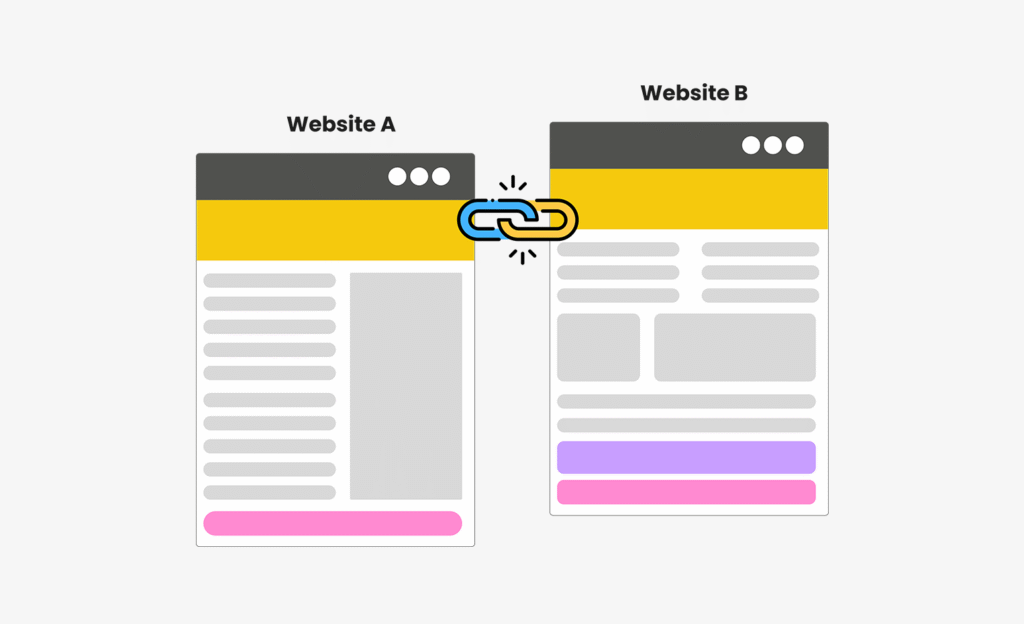
But remember, not all external links are created equal:
- Quality Over Quantity: Focus on building links from high-quality websites with relevant audiences. A single link from a reputable website carries more weight than a dozen links from obscure corners of the internet.
- Thematic Relevance: Just like internal links, prioritize external links to websites with content related to your own. This reinforces your topical authority and ensures your link profile remains cohesive.
- Avoid the “Bad Neighborhood”: Clear websites with a spam or link-selling history. Associating with such sites can not only hurt your SEO but also damage your website’s reputation.
Finding the Sweet Spot: Balancing Internal and External Links
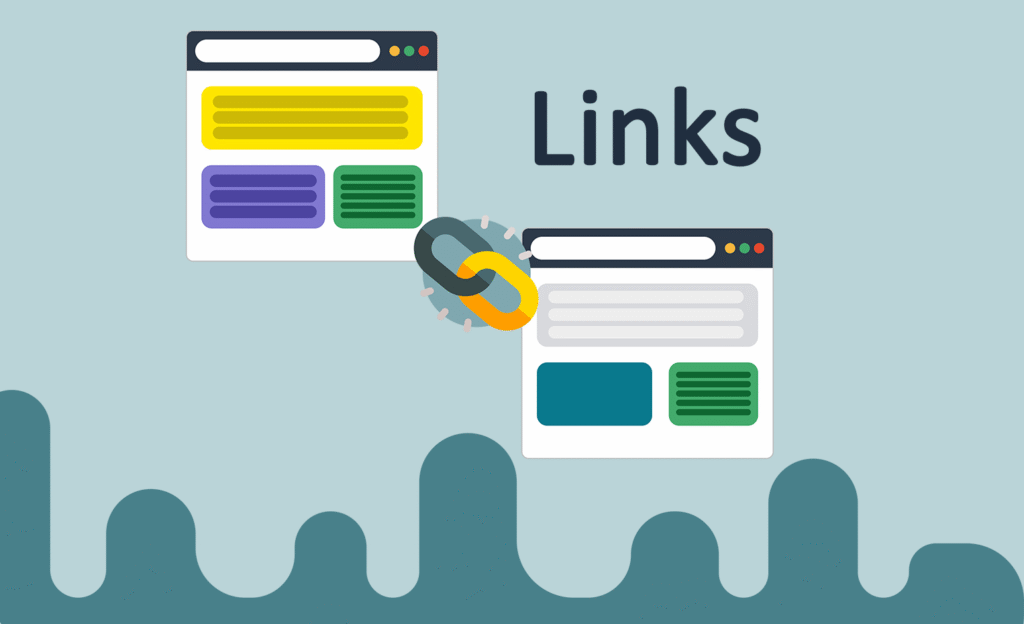
Striking the perfect balance between internal and external links is an art form.
Aim for a 70/30 internal-to-external links ratio as a general rule of thumb. This ensures you effectively distribute your PageRank within your website while earning valuable external authority.
However, this ratio can vary depending on your website’s size, structure, and content type.
For websites with fewer pages, a slightly higher proportion of external links might be necessary to attract visitors and build backlinks.
Conversely, more extensive websites with numerous well-structured internal links can afford to lean more heavily towards internal linking.
The Final Link:
Remember, link building is not a race but a marathon.
Focus on quality over quantity, prioritize relevance, and maintain a healthy balance between internal and external links.
These principles will build a robust and sustainable link profile that propels your website towards SEO success. And as always, keep your content fresh, engaging, and user-friendly.
After all, great content is the ultimate magnet for internal and external links, paving the path to online visibility and success.
Bonus Tip: Track your link profile regularly using tools like Google Search Console or Ahrefs. This allows you to monitor your internal



